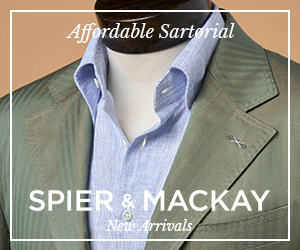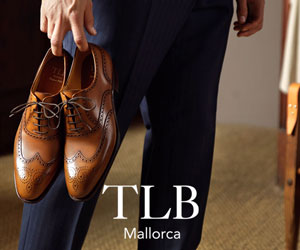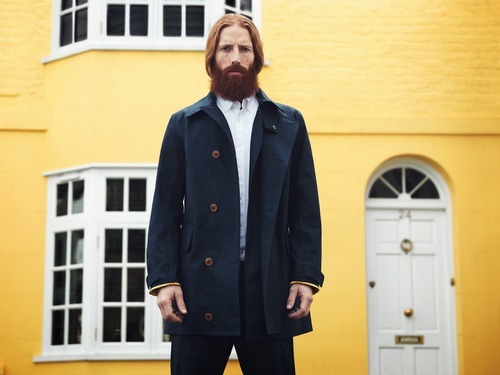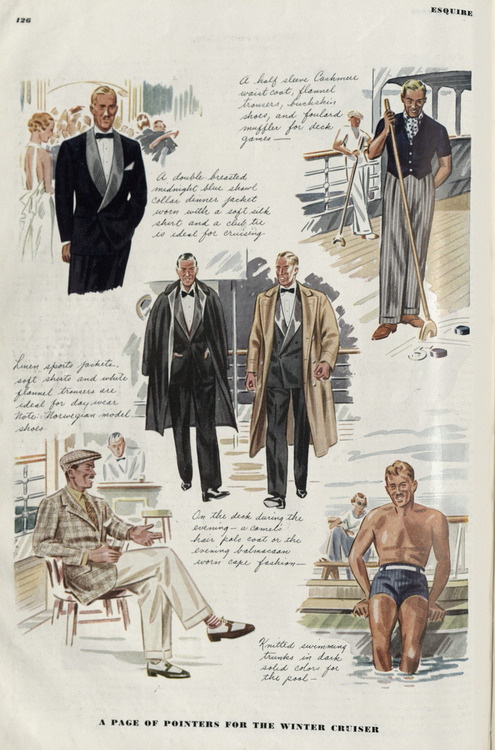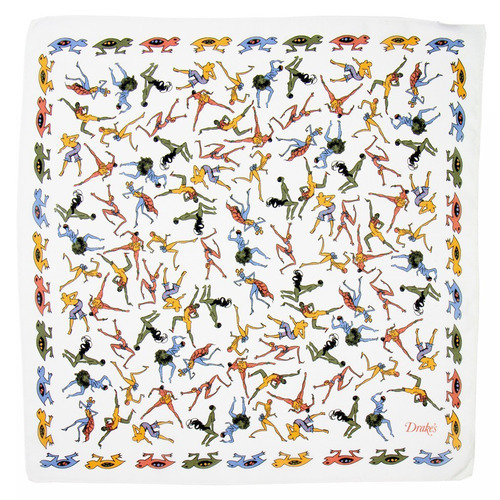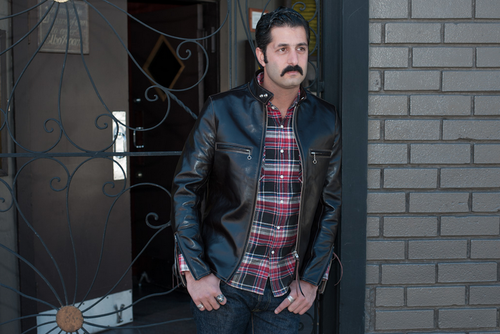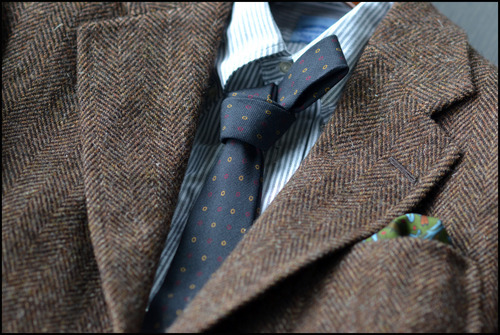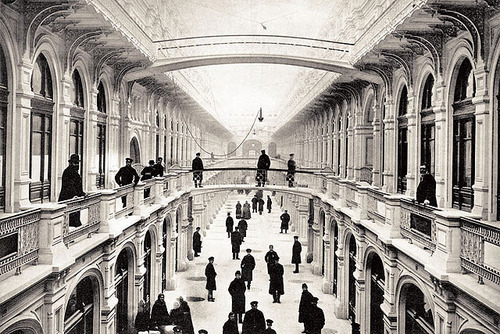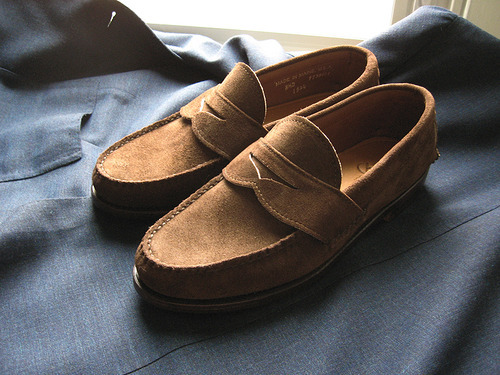Aside from one post on Jacques Brel, I don’t talk about music on here, largely because this site is about menswear and I assume people will just skip over music posts that don’t align with their taste (I know I do). Still, a few menswear bloggers recently had a conversation about jazz on Twitter, which prompted me to revisit some old footage of the Newport Jazz Festival on YouTube. For those unfamiliar, The Newport Jazz Festival is a summer music festival that happens every year in the small town of Newport, Rhode Island. These concerts have been the source of a countless number of great recordings - including ones by Nina Simone, Muddy Waters, Ray Charles, Billie Holiday, Ella Fitzgerald, and Miles Davis.
These particular videos you see here are from 1958. Eisenhower and Nixon were in office, the Cold War’s “Space Race” had just started, African Americans had not yet gained full civil rights, and two parents who just had a newborn baby decided to name him “Michael Jackson.” Of all the footage I’ve seen on the internet in the last ten years, these stand out as some of the best. The music of jazz and blues being played all day; the footage of people dancing on rooftops; the popping beer and spinning carousels; the cardigans worn loosely over t-shirts; the men in coats and ties; and the footage of oddly simple moments in what was a very complicated America. It’s all really fantastic to watch.
The last video below is of the full documentary, which is a bit long, but if you see nothing else, at least check out the very first clip above. It’s the most stylish thing I could post today.
Keep reading
